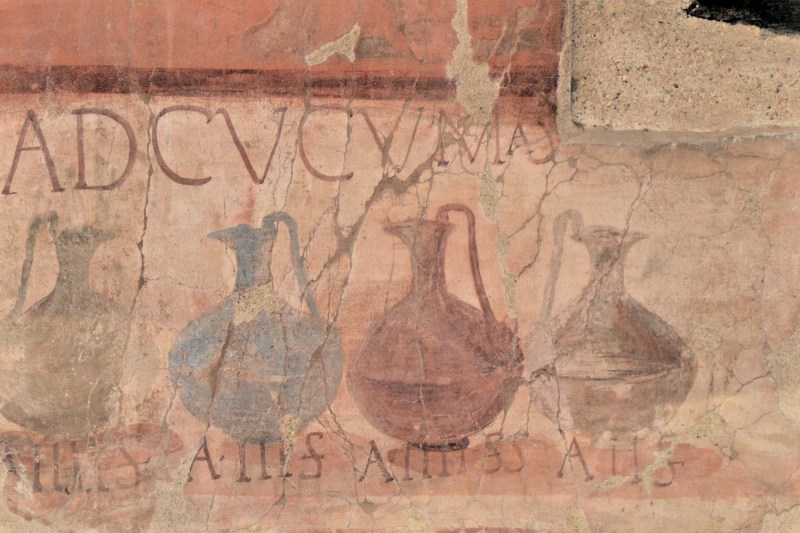
Wine and people go way back. The oldest evidence of the stuff goes back more than 8,000 years, in what is now the Republic of Georgia. Then came the Romans, who perhaps made and guzzled the most wine of any era or empire.
Research has revealed how these wines were made, but what did they taste like? Archeologists have cracked the code, as revealed via a new study published in Antiquity. The wine was most akin to the skin-fermented and slightly oxidized wines that are trending today — aka, orange wines. According to the report, the wine boasted notes of bread, apples, and walnuts. Researchers even used curry as a means of describing the aromatics of these wines.
Why such a flavor?

It’s no wonder. As you might imagine, winemaking techniques were very different back then. While sophisticated for the time, the Roman vinification process involved amphora (or clay vessels for fermenting and aging) and storing the wine underground as it evolved. Without certain chemical additions and processes like filtration, these wines were often cloudy, a little on the savory side, and spanning the color spectrum from amber to almost black.
Keep in mind that wine was consumed for safety reasons in addition to the enjoyment factor. Water was not always a safe bet for drinking during the Roman Empire, and alcohol had the appeal of sterilization. Part of it was practical, but perhaps the Romans were way, way ahead of the curve in terms of what wines were the most interesting. Wines made in amphora and in a natural method are more popular than ever, treating our collective palate to new flavors and textures. Hats off to the wine-loving Romans for flexing their sommelier muscles well before sommeliers even existed.
The earthenware vessels used in Roman wine production are called dolia. Like barrels today, dolia were made by genuine craftsmen and prized for their ability to age wines. They’re also believed to be at least partly responsible for the tendency of the wines of the time to show spicy notes (although this writer believes whole-cluster fermentation and flor yeasts might have something to do with it as well).
Romans as pre-sommeliers

The discovery is fascinating, as we tend to imagine Romans partying with grails filled with the clean wines we know today. Yet, the wines of the time were decidedly different, peppery, pungent, and wildly intriguing. We can only imagine how well they went with feasts paired up with sauce-covered meats, produce, and things hit with vinegar.
Why bury a wine? Temperature control. The Romans didn’t have much in the way of refrigeration and going underground was a way of stabilizing temperature. This is good for winemaking and essentially prevents any kind of spoilage. Also, the vessels themselves were porous, meaning the wines oxidized, a bit like a sherry (speaking of, read our guide to sherry here). That’s a big reason why even white wines took on some color and the flavors ended up being more nutty and dry fruit-like.
Would you have enjoyed Roman wine? I’m not sure it would be our top choice — we love a delicate Pinot Noir or crisp Alto Adige wine — but these ancient wines sound incredibly intriguing.


